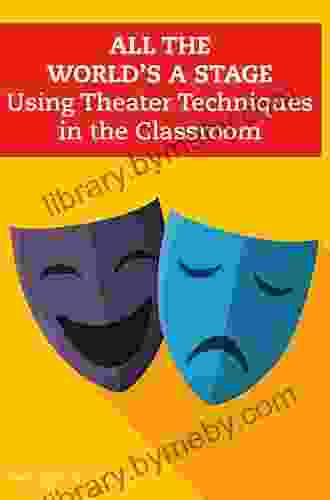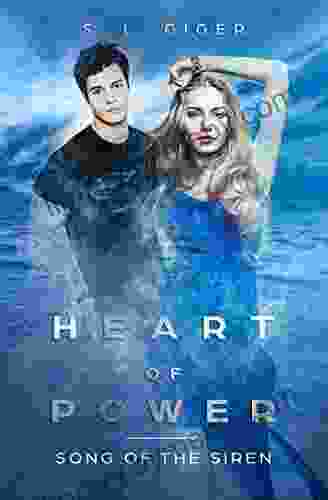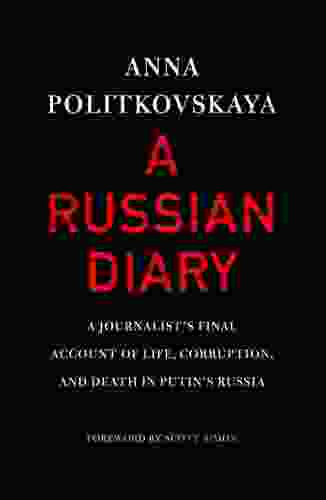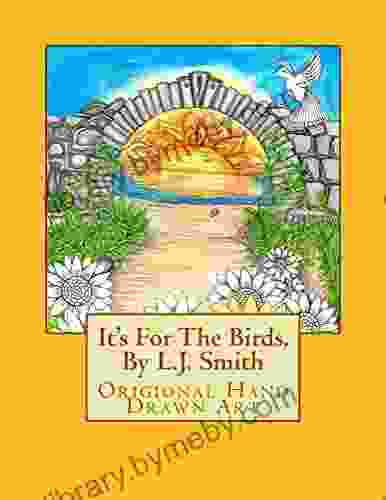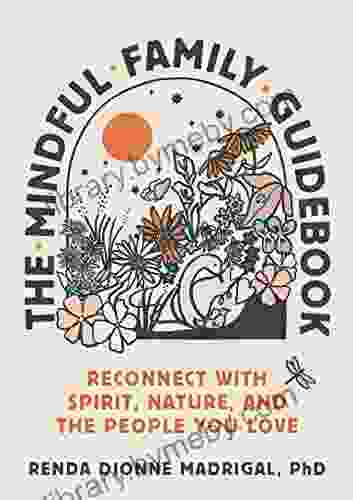Craft Captivating Dialogue: A Comprehensive Guide to Mastering the Art of Dialogue Writing for Film and Theatre

Dialogue is the lifeblood of any compelling story, serving as the primary means of character development, plot advancement, and emotional resonance. Whether in the realm of fiction film or theatre, crafting effective dialogue is an essential skill for any aspiring writer. This article, inspired by the insightful guide "How to Write Awesome Dialogue for Fiction Film and Theatre," will delve into the intricacies of dialogue writing, offering invaluable tips and techniques to elevate your storytelling prowess.
The Significance of Dialogue
Dialogue plays a multifaceted role in storytelling, fulfilling various functions that drive the narrative forward:
4.4 out of 5
| Language | : | English |
| File size | : | 1584 KB |
| Text-to-Speech | : | Enabled |
| Screen Reader | : | Supported |
| Enhanced typesetting | : | Enabled |
| Word Wise | : | Enabled |
| Print length | : | 197 pages |
| Lending | : | Enabled |
Character Development
Well-written dialogue reveals the inner workings of characters, exposing their motivations, desires, and conflicts. Each line uttered provides a glimpse into their thoughts, feelings, and perspectives, allowing the audience to form a deep connection with the characters on screen or stage.
Plot Advancement
Dialogue serves as a driving force for the plot, advancing the story and creating tension. Through conversations, characters engage in conflict, make crucial decisions, and instigate plot twists that propel the narrative to its resolution.
Emotional Resonance
Dialogue has the power to evoke a wide range of emotions in the audience. By crafting dialogue that resonates with the audience, writers can create scenes that are both impactful and memorable. Whether it's laughter, tears, anger, or suspense, effective dialogue can leave a lasting impression on the hearts and minds of the spectators.
Crafting Effective Dialogue
The art of writing awesome dialogue lies in achieving a balance between naturalism and purpose. Here are some key techniques to consider:
Observe Real-Life Conversations
Pay close attention to how people interact in everyday situations. Study their rhythm, tone, and choice of words. This will provide you with a solid foundation for crafting dialogue that feels authentic and believable.
Create Distinct Character Voices
Each character in your story should have their unique voice that reflects their personality, background, and motivations. Use diction, syntax, and tone to differentiate their speech patterns. Avoid using generic or interchangeable dialogue that fails to distinguish between characters.
Focus on Subtext
Subtext refers to the underlying meaning or emotion that is conveyed through dialogue. Often, what characters say is not as important as what they are thinking or feeling. Explore the unspoken layers of communication to add depth and nuance to your dialogue.
Write for the Medium
Dialogue for fiction film and theatre differs in its delivery and pacing. In film, dialogue is often more concise and fast-paced to match the visual storytelling. In theatre, dialogue has more room to breathe and can be more verbose to accommodate the live performance.
Seek Feedback
Collaborate with actors, directors, or fellow writers to get feedback on your dialogue. They can offer valuable insights into the rhythm, pacing, and believability of your written words.
Advanced Dialogue Writing Techniques
As you master the fundamentals of dialogue writing, consider exploring advanced techniques that can elevate your craft:
Use Rhythm and Pacing
Vary the length and rhythm of your dialogue lines to create natural pauses and emphasis. Use short, punchy lines for dramatic impact and longer, flowing lines to convey exposition or emotional depth.
Employ Paralanguage
Paralanguage encompasses non-verbal cues such as tone of voice, volume, and speed of delivery. Consider how these elements can enhance the meaning of your dialogue and create a more nuanced performance.
Incorporate Silence
Silence can be as powerful as spoken dialogue. Use strategic pauses or moments of silence to build tension, emphasize emotions, or create a sense of anticipation.
Experiment with Figurative Language
Figurative language, such as metaphors, similes, and personification, can add depth and imagery to your dialogue. Use it sparingly and effectively to avoid sounding overly flowery or pretentious.
Proofread and Revise
Once you have written your dialogue, take time to proofread and revise it carefully. Check for grammar and punctuation errors, but also listen to the dialogue aloud to ensure its natural flow and impact.
Mastering the art of dialogue writing is a continuous journey that requires practice, observation, and a deep understanding of human communication. By embracing the techniques outlined in this article, aspiring writers can elevate their storytelling abilities and craft dialogue that captivates audiences in both fiction film and theatre.
Remember, the key to writing awesome dialogue lies in creating characters with distinct voices, using subtext to convey unspoken emotions, and tailoring your dialogue to the specific medium. By following these principles and seeking feedback along the way, you can write dialogue that resonates deeply with your audience, leaving a lasting impact on their hearts and minds.
4.4 out of 5
| Language | : | English |
| File size | : | 1584 KB |
| Text-to-Speech | : | Enabled |
| Screen Reader | : | Supported |
| Enhanced typesetting | : | Enabled |
| Word Wise | : | Enabled |
| Print length | : | 197 pages |
| Lending | : | Enabled |
Do you want to contribute by writing guest posts on this blog?
Please contact us and send us a resume of previous articles that you have written.
 Book
Book Novel
Novel Page
Page Chapter
Chapter Text
Text Story
Story Genre
Genre Reader
Reader Library
Library Paperback
Paperback E-book
E-book Magazine
Magazine Newspaper
Newspaper Paragraph
Paragraph Sentence
Sentence Bookmark
Bookmark Shelf
Shelf Glossary
Glossary Bibliography
Bibliography Foreword
Foreword Preface
Preface Synopsis
Synopsis Annotation
Annotation Footnote
Footnote Manuscript
Manuscript Scroll
Scroll Codex
Codex Tome
Tome Bestseller
Bestseller Classics
Classics Library card
Library card Narrative
Narrative Biography
Biography Autobiography
Autobiography Memoir
Memoir Reference
Reference Encyclopedia
Encyclopedia Rob Caughlan
Rob Caughlan Shaquille O Neal
Shaquille O Neal Kindle Edition
Kindle Edition Molly Guptill Manning
Molly Guptill Manning Shane W Evans
Shane W Evans R L Lafevers
R L Lafevers Sam Demas
Sam Demas Steven Gregersen
Steven Gregersen Piri Halasz
Piri Halasz Logan Chance
Logan Chance Nicola Yoon
Nicola Yoon Sam Fury
Sam Fury P J Nichols
P J Nichols Paddy Donnelly
Paddy Donnelly Paul Seydor
Paul Seydor Veera Hiranandani
Veera Hiranandani Michael Nicoll Yahgulanaas
Michael Nicoll Yahgulanaas Verne Harnish
Verne Harnish William Dumas
William Dumas Tasha Oren
Tasha Oren
Light bulbAdvertise smarter! Our strategic ad space ensures maximum exposure. Reserve your spot today!
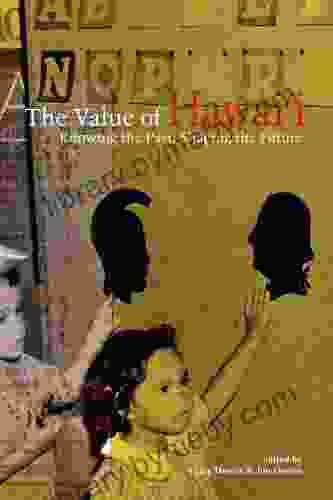
 Griffin MitchellUnveiling the Enduring Legacy of Hawai'i: A Journey Through History, Culture,...
Griffin MitchellUnveiling the Enduring Legacy of Hawai'i: A Journey Through History, Culture,...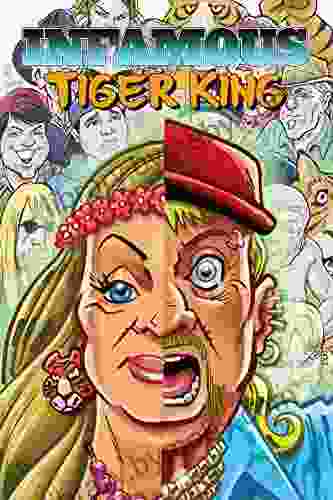
 Julio Ramón RibeyroThe Infamous Tiger King: The Ultimate Exotic Edition – A Gripping Tale of...
Julio Ramón RibeyroThe Infamous Tiger King: The Ultimate Exotic Edition – A Gripping Tale of... Ismael HayesFollow ·12.2k
Ismael HayesFollow ·12.2k Ivan CoxFollow ·18.9k
Ivan CoxFollow ·18.9k Ernest PowellFollow ·13.2k
Ernest PowellFollow ·13.2k Bryan GrayFollow ·6.5k
Bryan GrayFollow ·6.5k Floyd PowellFollow ·13.8k
Floyd PowellFollow ·13.8k Robert BrowningFollow ·4.6k
Robert BrowningFollow ·4.6k Clark CampbellFollow ·17.8k
Clark CampbellFollow ·17.8k Cason CoxFollow ·11.6k
Cason CoxFollow ·11.6k
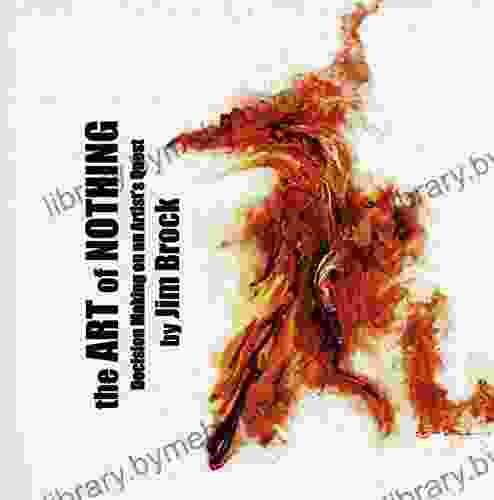
 Clay Powell
Clay PowellDiscover the Enigmatic Beauty and Profound Meaning in...
An Exploration of Emptiness, Fulfillment,...

 Brenton Cox
Brenton CoxThe Life and Times of the Woman Who Changed Abortion: The...
Norma McCorvey, the woman known...

 Darius Cox
Darius CoxBest 60 Short Hairstyles For Women With Thick Hair: A...
Embracing the beauty of...

 John Parker
John ParkerThe Healthy Pregnancy Book: Your Essential Guide to a...
Pregnancy is a...
4.4 out of 5
| Language | : | English |
| File size | : | 1584 KB |
| Text-to-Speech | : | Enabled |
| Screen Reader | : | Supported |
| Enhanced typesetting | : | Enabled |
| Word Wise | : | Enabled |
| Print length | : | 197 pages |
| Lending | : | Enabled |


